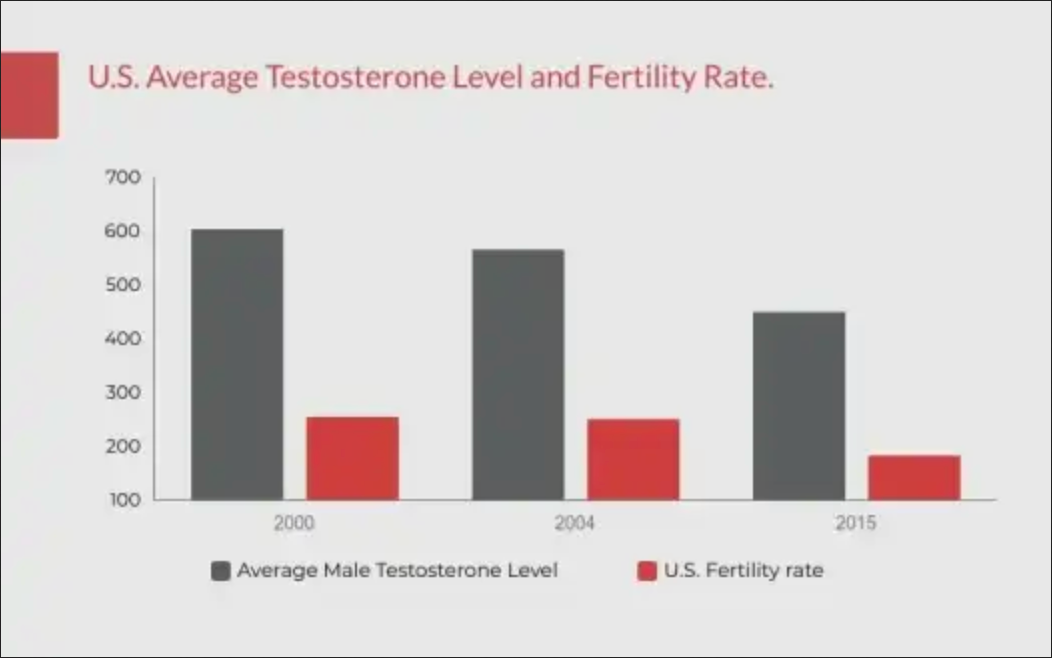

These studies suggest that the electrostatic fields generated by polyester garments may influence reproductive health. Although the exact mechanisms remain unclear, the evidence was enough to convince one individual to eliminate synthetic fabrics from their life.
In an intriguing exploration of the potential health risks associated with synthetic fabrics, recent studies on canine fertility have surfaced, shedding light on a subject that might have implications for human health. While there is no direct human research available, the canine studies present compelling evidence that warrants attention.
A study published in the Journal of Obstetrics and Gynecology in 2008 examined the impact of different textiles on female canine fertility. The experiment involved 35 female dogs, which were divided into groups and fitted with underpants made from varying materials, including 100% polyester, a polyester-cotton blend, cotton, and wool. Over a year, the dogs' reproductive hormones and ability to conceive were monitored.
The results were startling. Dogs clothed in polyester showed a significant decrease in serum progesterone levels during their estrus cycle and failed to conceive. Once the polyester undergarments were removed, their hormone levels normalized, and they were able to conceive, suggesting a reversible effect. The study postulated that the electrostatic potentials generated by the polyester might disrupt ovarian function.
A similar experiment, detailed in Urology Research in 1993, focused on male dogs. The research investigated the influence of fabric types on spermatogenesis. Dogs were fitted with loose-fitting underwear made from different textiles for 24 months, with evaluations on sperm quality, testicular temperature, and hormonal levels. Polyester once again showed detrimental effects, with a notable decrease in sperm count and an increase in abnormal sperm forms. These changes were largely reversible after the polyester fabric was removed.

These studies suggest that the electrostatic fields generated by polyester garments may influence reproductive health. Although the exact mechanisms remain unclear, the evidence was enough to convince one individual to eliminate synthetic fabrics from their life. Dr. Paul Saladino, known for his carnivore diet advocacy, shared his personal journey towards natural textiles, including his switch to cotton shorts and surf wear. He also expressed interest in potentially launching a natural clothing line.
Saladino's experiment included surfing in cotton shorts, adapting them by removing pockets that hindered performance, and considering wool as an alternative for future surf shorts. He emphasized the importance of natural fabrics, not only in clothing but in other areas such as bedding, opting for a wool mattress.
While the studies in dogs may not directly translate to humans, they raise important questions about the pervasive use of polyester in clothing, especially intimate wear, and its potential effects on human fertility and hormonal balance. As society continues to grapple with the increasing presence of synthetic materials in daily life, these findings invite us to reconsider our textile choices for the sake of our health.
As this conversation unfolds, the potential impact of synthetic fabrics on reproductive health remains an area ripe for further investigation, with the hopes that future research will provide clarity on the implications for humans.
SEO-friendly URL Slug: polyester-clothing-fertility-risks-studies-reveal
Google Metadata Description: Discover the surprising studies linking polyester fabrics to fertility issues in dogs, raising questions about health implications for humans. Explore the potential risks of synthetic textiles on reproductive health as we delve deeper into the unseen impact of everyday clothing materials.